Is anyone having deja vu?
Every time a new marketing tactic becomes more mainstream, marketers and researchers inevitably wonder if it has peaked and started to lose its effectiveness.
We’ve seen this before with SEO, email marketing, Facebook marketing, and many others.
It’s a fair question to ask, though.
After all, each year brings new trends in marketing, and some tactics can go out of style. It’s worth examining different approaches to see if they’re still effective.
The tactic we’ll evaluate today is influencer marketing.
Though influencer marketing has been around for a very long time, it has only become a popular marketing tactic in recent years.
With the influx of social media in 2004, influencer marketing exploded and became a lot more prevalent.
Now, fast forward 14 years later.
Influencer marketing has seen some incredible successes and even a few massive failures.
That’s why we need to take a closer look at influencer marketing in 2018.
Should you continue to invest in influencer marketing, or is it dead?
The answer isn’t exactly a simple “yes” or “no.”
But recent data can help you decide if influencer marketing has staying power and if it is the right tactic for your brand to implement in 2018.
The complex current state of influencer marketing in 2018
Let’s dive right in.
I’m going to address the million-dollar question that everyone is asking:
“Is influencer marketing dead?”
Here’s the answer: not really.
But, I have to admit, its future is uncertain.
At the moment, marketers are continuing to focus on influencer marketing as a viable and essential marketing tactic in 2018.
In fact, in the survey below, marketers picked it as the “fastest-growing online customer-acquisition method” over organic search, email, paid search, and more.
There’s no questioning the popularity of influencer marketing, especially in recent years.
Marketers seem to be searching for new ways to involve influencers on a variety of campaigns.
And they’re investing in their influencer marketing campaigns, too. The influencer marketing industry is booming.
Projections show that marketers will spend $2.38 billion on influencer marketing on Instagram in 2019. That’s more than a $700 million increase from 2018!
But it doesn’t matter if marketers are fans of influencer marketing. We need to look at the data to see if it works.
Is it truly effective? Are you getting a bang for your buck?
The answer to both questions is still “yes.”
Data shows that influencer marketing is still providing marketers with a strong return on investment. Let’s take a look.
The data shows that influencer marketing generates $6.50 for every dollar a company invests. Approximately 70% of companies earn $2 or more for every dollar, and 13% of companies earn $20 or more.
That’s valuable.
But you might not always be so lucky.
If you look closely, you’ll see that 18% of businesses didn’t receive any return on investment at all. When you factor this into how much a campaign can cost, things can get a little pricey.
This is one reason that many marketers (including myself) wonder how long influencer marketing will remain a viable tactic.
Many factors make the future of influencer marketing uncertain, too.
First, the FTC introduced regulations to “improve disclosures” in 2017. This helps consumers understand which posts are promotional, even if they are coming from an influencer.
While the regulations are needed, additional ones may cause some brands to stray away from influencer marketing due to the risk of malpractice.
Plus, influencer marketing campaigns are starting to get more expensive.
Mid-range influencers with 50,000 – 500,000 followers can charge anywhere from $400 to $2,500 for a post.
Influencers with a following in the millions can charge between $30,000 and $187,500 per post.
With such a large investment in a single post, marketers are expecting a huge ROI.
But there’s only one problem:
Many don’t know how to accurately measure the ROI from their influencer marketing campaigns.
An overwhelming majority (76%) of marketers agree that the biggest challenge of influencer marketing is determining the ROI of campaigns.
How can you improve something if you don’t measure it? Worse yet, how can you even know if it’s working?
But the problem isn’t just with marketers.
Consumers are evolving, too.
The scale has tipped, and millennials are now trusting influencers less than they were in previous years.
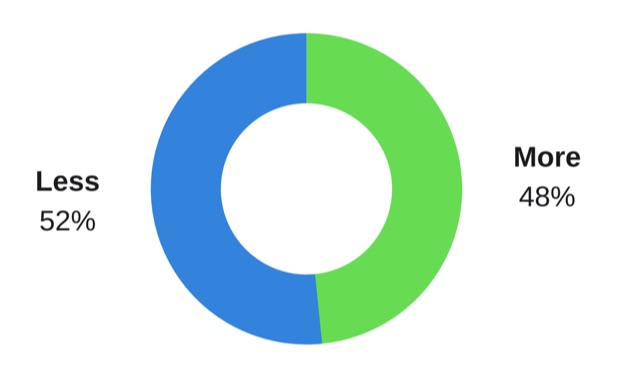
Can you blame them, though? After all, think back to the Fyre Festival influencer marketing gaffe.
Influencers including Kendall Jenner, Emily Ratajkowski, Whitney Fransway, and many others promoted the event. But it didn’t live up to expectations.
As a result of this failure, 94% of marketers stated they were “not likely” or “very unlikely” to seek out big-name influencers for future projects.
All of these factors play into the unstable future of influencer marketing.
As you continue with influencer marketing campaigns for now, you should also begin to test, expand, and optimize other areas of your marketing strategy.
Here are the alternatives to influencer marketing that you should be focusing on in 2018 to help accelerate the growth of your business.
1. Focus on experiential marketing for live events
Sometimes, it’s easy to forget there’s a whole world “out there.”
Your customers aren’t always online.
Live events can provide a unique touchpoint for your customers that influencer marketing can’t.
And they’re effective, too.
According to a recent study, “79% of brand respondents said they would execute more experiential programs this year compared to last.”
Take Clif Bar as an example.
They focused on creating an experiential marketing activation at Pitchfork Music Festival last year. Their activation included a tattoo parlor, photo booth, and more.

At the event, they distributed 26,000 CLIF bars, and one in 20 social posts with the tag #Pitchforkfest also featured the CLIF bar activation.
Live events provide a unique experience in real life, and their impact often expands onto social media.
HBO tapped into its live event playbook when they debuted their interactive Westworld event at the SXSW festival in Austin, Texas.
Participants boarded buses and went right outside the city limits for an immersive experience that brought to life the fictional Westworld town from the hit TV series.
The experience was highly detailed and highly personalized. Participants could get their picture printed on a western “Wanted” poster, which aligned well with the brand.
People constantly shared experience on social media during SXSW. It stole the show and earned 62% of the entertainment brand mentions at SXSW.
Live events are an important marketing tactic to help you connect with your customers in a meaningful and authentic way. Influencers simply can’t do that for you.
2. Invest in video content to share your company’s narrative
Video marketing isn’t just flashy, and it isn’t a fad.
It is here to stay, and it can drive serious growth for your business.
Most importantly, though, is that it is becoming mainstream and responsible for a bulk of Internet traffic.
According to estimates, video will make up more than 80% of all consumer Internet traffic by 2021.
Hopefully, you already use video as a part of your content strategy. If not, you’re going to fall behind soon.
In a recent survey, 49.5% of marketers said that video will be a focal point for their marketing.
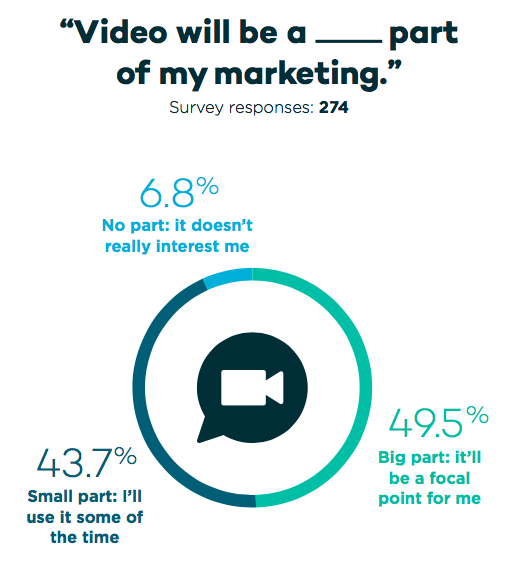
That’s nearly half of all marketers.
Now, I know what you might be thinking: “My influencer campaigns already use video, so I’m all set.”
Unfortunately, you’re wrong.
You’re missing the chance to focus on everyday people and create meaningful, evergreen content that showcases your brand’s values and embodies your mission.
You can’t rely on influencers to create content that resonates with your audience. You have to do it yourself.
After all, brands often miss opportunities to connect with their customers. A study found that 78% of people feel that brands never connect with them emotionally.
But LinkedIn recently did this well in a documentary-style integrated video campaign. They used the hashtag #InItTogether for it.
Eszylfie Taylor turned his past sales experience into a lesson in life. The more he gives people, the more he gets back. He’s in it to share the wealth. https://t.co/UNiC2JJiF1 #InItTogether pic.twitter.com/5WyqE4ij1l
— LinkedIn (@LinkedIn) January 18, 2018
Campaign Director Stacy Peralta talked about the impact of the campaign. She said, “I knew from the first reading of the boards that this was one of those rare opportunities.”
She added, “They asked us to tell real stories about real people, they wanted it shot in black and white, and they wanted energy, enthusiasm and candor from the people involved.”
That campaign generated great content for LinkedIn to share with their audience.
But where should you share your video content after you finish creating it? Well, consumers watch and engage with branded content in different ways on different platforms.
It’s important to know which works best for your business, but here are some generalizations across all social platforms for consumer viewing and engagement habits:
As you can see, Facebook has the highest viewership as well as engagement numbers (60% and 49%, respectively), while Twitter has the least (41% and 22%).
The interesting part, though, is that there is only a 2% difference in viewership among the top three platforms: Facebook, Instagram (Video), and Snapchat. YouTube and Twitter fall close behind.
On the engagement side of things, it is much different. Facebook is the clear winner (49%) with YouTube (32%) coming in second. That’s a 17% difference.
So that gives you an idea of where you should be sharing your content. But now, you might be wondering how long your videos should be.
Thankfully, there is data to support the ideal length, and the conclusions are clear as day. Here’s the basic principle:
Make them short.
Approximately 56% of all videos that users shared in 2017 were less than two minutes long.
Viewers will lose interest and likely leave if a video is longer than two minutes.
If you aren’t yet certain that video content can be effective in marketing, look at this experiment from HubSpot. They examined the difference between acquiring customers with video content and non-video content.
They tried switching to video content as opposed to blogs and whitepapers.
As they optimized and emphasized their videos, their views and engagement rates skyrocketed. Here were their engagement rates with their old strategy:
Now, here were their engagement rates after they started emphasizing their video content:
Before this experiment, their videos averaged 50,000 views per month. But in their first month of optimizing and promoting their video content, they achieved 1 million views. Those are clear results!
Another great example is BakedNYC’s video campaign.
BakedNYC used video to capture emails, and their results were fantastic.
Through this campaign, they achieved a 40% increase in pie sales, a 68% increase in leads, and a 30% decrease in cost per lead.
Video content presents a huge opportunity for your brand. But creating quality videos might feel like a daunting task.
Don’t fret if don’t think that you can do this alone. You don’t have to be Steven Spielberg.
There are plenty of tools that can help you create engaging video content on a low budget in a tight timeframe.
One of them is Promo.
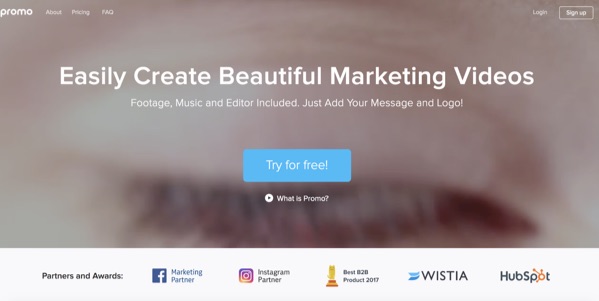
I love Promo because they have over 12.5 million clips that you can customize. You can add music, text, and even your logo to personalize the clips and make them your own.
Magisto is another great tool to use.
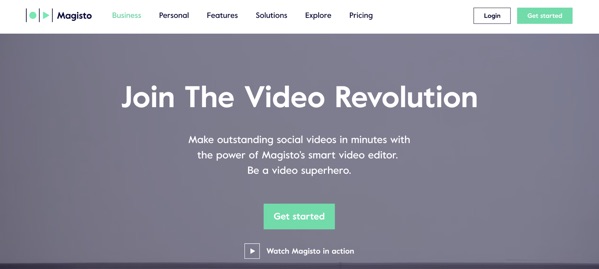
The cool thing about Magisto is that it has a smart video editor, which makes it incredibly easy to cut and edit your videos online.
These tools can help create great video content that will drive sales on your website.
If you want to get the most out of your marketing efforts in 2018, spend time crafting video promotional campaigns and fine-tuning your video content strategy.
3. Initiate an affiliate marketing program
Not having an effective affiliate marketing program in place is simply leaving money on the table.
Affiliate marketing can bring in a lot of money for your business. To put it in perspective, 15% of the digital media industry’s revenue comes from affiliate marketing.
With affiliate marketing, you’re letting related sites and partners do the work for you.
So, where do you begin?
There are three types of affiliate programs that you can implement:
- Pay-per-sale: The merchant pays the affiliate in relation to the number of sales that they received from their site.
- Pay-per-click: The merchant pays the affiliate in relation to the number of clicks that visitors performed while browsing the affiliate’s site.
- Pay-per-lead: The merchant pays the affiliates in relation to the number of people who sign up.
Affiliate programs succeed in ways that influencer marketing doesn’t. First, it’s usually a win-win for both the affiliate and the merchant because you share the same business goals.
Sites want to send you traffic so that they can earn money. You want the same thing because the affiliate will send you new customers. It’s a win for both of you.
In some cases, influencers don’t share the same mission. They might be just looking for a quick payout, which could lead them to share your campaign in a way that isn’t authentic or true to their brand or yours.
The Points Guy is an example of a company that has a strong affiliate marketing program in place.
He started his site as a place to show people how to travel by using points they’ve amassed from purchases. Now, the site is an affiliate site for credit cards, hotels, and flights.
In his AMA, he confirmed that he receives “2.5 million monthly unique views and gets $50-$400 per credit card someone signs up for.”
As a business, you can harness the traffic that is already in place for a well-oiled site. By giving them a little kickback, you both win.
They’ll make money, and you’ll acquire a new customer. It’s really a no-brainer.
4. Be responsive on social media and circulate user-generated content
If you’re reading this blog, I’d go out on a limb to say you have, at the very least, a presence on social media.
While influencers typically utilize social media to propel their efforts, sometimes taking matters into your own hands can retain customers and have a more profound impact on your sales.
Social media marketing has been an important part of any marketing strategy over the years, and it only continues to evolve in 2018.
Your customers are already hanging out on there. New data shows that a majority of Americans are now on Facebook and YouTube.
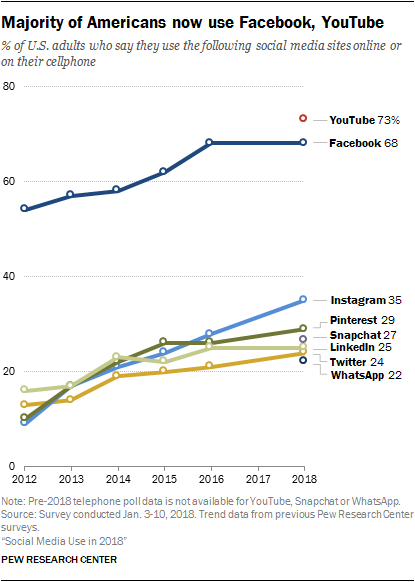
Once again, this fact reinforces your need for video content.
But how else can you use social media to grow your audience and increase sales? One important answer is quite simple:
By being responsive.
Data shows that companies can make a dramatic effect on their bottom lines if they are responsive and engaging on social media.
Consumers say that the best way for a brand to get them to make a purchase is by simply being responsive.
If you respond on social media, people will talk about your positive customer service interactions. Studies found that approximately 48% of people tell their friends about a good customer experience on social media.
This creates a powerful form of word-of-mouth marketing. Your customers’ friends can soon become your new customers.
Facebook understand how impatient people are. They’re now labeling pages with badges that designate their response times.
To get the coveted “Very responsive to messages” badge, you need to achieve two things over the course of seven days:
- A response rate of 90%
- A response time of 15 minutes
But what if you get a lot of inquiries? How should you keep up with all of them?
Mention is a tool that can help you streamline your customer experience operations on social media.
It can provide assistance and organize your mentions in an easy-to-read way so that you aren’t overwhelmed.
An example of exemplary customer service on social media would be JetBlue.
Before things got out of hand, they moved quickly and efficiently to resolve the situation, resulting in a happy, satisfied customer who might buy again.
But that’s not all. JetBlue cares so much about their customer service that they announced a partnership and investment in the customer service startup Gladly.
Here’s what Bonny Simi, the president of JetBlue’s corporate venture group, said about their customer service strategy:
“People just don’t want to call in anymore, so we are aiming for omnichannel communication that is on at all hours.”
He added, “[This communication should] take advantage of AI to resolve customers’ issues as quickly as possible, and that will work with all of the important messenger apps.”
As you work on being responsive on social media, you’ll want to circulate the incredible content (photos, videos, and comments) and great accolades that your users are sharing. User-generated content is incredibly valuable.
Sponsors generally pay influencers to post about their products or content. User-generated content, on the other hand, has no financial incentive.
It makes your brand more authentic.
And it’s needed now more than ever.
Research shows that “92 percent of consumers trust organic, user-generated content (UGC) more than they trust traditional advertising.”
Currently, Southwest Airlines is running a user-generated campaign that they call 175 Stories. This integrated campaign invites customers to share their seat story using the hashtag #175Stories.
They even launched a microsite to further share the content.
Judging by a quick hashtag search, the campaign seems to be effective.
Encouraging users to act as your own photographers and share their content can have a positive impact on your business’s growth.
An active presence on social media is not only beneficial to your customers. It can also do wonders for your brand awareness and revenue.
5. Leverage social messaging apps to reach more customers and connect with existing ones
Mobile messaging marketing has emerged as a new trend in 2018.
It seems like social messaging apps (WhatsApp, Facebook Messenger, and many others) are all the craze these days.
And honestly, they should be.
Influencer marketing shares one message with many people. By using social messaging apps, you can send numerous highly-personalized messages to many people.
Users and businesses on Facebook send approximately 8 billion messages on Messenger every month.
The best part is that they usually have high open and click-through rates, too.
The growth of these messaging apps has skyrocketed in recent years. In 2017, over 76% of smartphone users worldwide used messaging apps.
The graph also shows that, according to current projections, there will be 2.48 billion mobile phone messaging app users by 2021.
If you want to be where your customers are, then you should think about how you’re leveraging your messaging app strategy.
But what’s interesting is that not all marketers, for some reason or another, aren’t using this as a marketing tactic.
“The State of Social 2018” study found that, despite the increase in interest and adoption of messaging apps, nearly 80% of businesses don’t market through them at all.
That’s bad for them, but it’s great for you.
Fewer businesses promoting their messages means a greater chance of yours cutting through the clutter.
Messaging apps are a great place to distribute content and offer promotional deals directly to your customers.
Look at how DigitalMarketer used a chatbot to distribute their “Ending the War Between Sales & Marketing” report.
Those interested in the report could connect their Facebook with just a simple click. Then, an automated message would arrive in their Messenger account with a link to the report.
It’s quick, easy, and even feels a little personal.
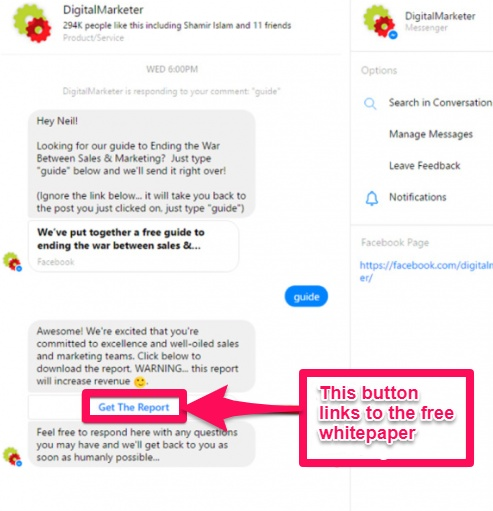
But this isn’t just a flashy way to distribute content.
It gets results, too.
For example, look at this retargeting campaign that used a chatbot to allow customers to “unlock a special discount.”
The results were incredible. They achieved a 48.2x ROAS (up from 5.6x) and a 1133% conversion rate increase.
HolidayPirates saw incredible success when they used a chatbot to deliver a promotion code to their customers.
They have over nine million digital followers, and they wanted to interact with them on social messaging platforms and send them a holiday promotion.
They grew their WhatsApp following to 750,000+ and achieved open rates of 50-60% and 90% click-through rates for the campaign.
A 90% click-through rate?
That’s something you don’t see every day.
To get a chatbot set up, you just need to follow a few easy steps.
For this example, I’m going to use itsalive.io.
First, visit their homepage and click on “Get Started for Free.”
Then, fill out the information they ask for to register your account.
From there, choose your plan and hit “Next.”
Name and describe your bot, and then hit “Create this bot.”
Click on the pencil icon to edit the test bot that you get by default.
Add your trigger and text. Triggers can vary from keywords to events. You can then program what you’d like the bot to do.
You can add as many triggers and texts as you’d like.
In this case, I am setting up the bot to answer FAQs.
Then, click the back button and select “Link to Facebook” in the menu.
From there, you’ll want to “Connect to your Facebook account” and select your business page.
Take special note of the test code as well. You will have to add that four-character code when you test your bot.
Then, you can test your bot and see it in action for yourself.
Continue to tweak your bot until it accomplishes your business objectives.
Due to the widespread adoption of messaging apps and the generally untapped potential of social messaging marketing, your business could cut directly through the clutter with this tactic.
You should really consider how you can leverage it to reach new customers.
6. Continue to invest in your email marketing strategy
You might be thinking, “Email marketing. That’s so old school.”
While that may be true, it’s still a viable marketing tactic that you should double down on.
One advantage is that you can control and target your audience with email marketing better than you can with influencer marketing.
Emails are part of everyday life, and using them as a marketing medium gets results. After all, users send 149,000+ emails each day.
That might sound like a lot of clutter, and it is. But it’s important that you keep your business top of mind in your customers’ inboxes.
But why?
Email still has the highest ROI when you compare it to any other marketing tactic.
For every $1 businesses spend on email marketing, they average a $38 return.
Notice how email marketing soars ahead of affiliate marketing, paid search, display ads, videos, social media marketing, and traditional marketing tactics.
If you want to assess the ROI of your email marketing campaigns, I recommend this email marketing ROI tool.
It’s very easy to use and can provide great insights into your current email marketing efforts.
Marketers even collectively agree that email has staying power in 2018.
In one survey, marketing professionals rated the effectiveness of digital marketing channels. Approximately 35% gave email marketing a “good” rating, and 18% rated it as “excellent.”
This put email marketing in the lead as one of the most effective digital marketing channels according to marketers.
In 2018, you need to have an email marketing strategy in place and execute highly-personalized and targeted campaigns.
Customers are expecting this in all marketing tactics, but especially in email. If you haven’t targeted your email, they’ll consider it irrelevant to them. You can bet they’ll delete it.
Even worse, they might not open it.
A total of 49% of shoppers said that personalization “has led shoppers to purchase an item that wasn’t planned.”
By personalizing your copy, messaging, design, and even your pricing structure, you can encourage conversions and move customers to buy.
You can do this by segmenting your lists (separating your lists to ensure the correct campaign is going to the right audience) and using dynamic copy or pricing.
How do you make sure that you’ve personalized your email campaigns and that you’re sending them to the right people?
That’s what the men’s shirt company Twillory had to answer.
The team initiated an email campaign when they moved into a larger warehouse. They sent the below email to their first-tier recipients and achieved a 48.5% open rate and an 8% CTR.
To their less-engaged tier, they stripped the graphic away and took a simpler, personalized, text-based approach.
This resulted in “a 33% open rate and 11% click-through rate with a group of people who had not engaged in over 270 days.”
That’s a significant impact for their email marketing efforts.
If you want to effectively reach your customers, then deploy smart, personalized, and targeted email marketing campaigns.
Conclusion
Influencer marketing isn’t dead.
At least, it isn’t dead yet.
For now, it still can perform as a viable part of your marketing strategy. The influencer marketing industry is still booming, and it’s still profitable in many cases.
But it may not be around for much longer. It’s becoming increasingly expensive, there’s no guarantee of results, it’s difficult to track the ROI of campaigns, and users are beginning to trust influencers less.
You need to prepare for alternate ways to acquire customers.
Turn to video content to share a compelling narrative about your brand or help put a product on display.
Engage with customers directly on social media. Go out of your way to provide out-of-this-world service experiences that will turn your customers into passionate fans.
Focus on messenger marketing and directly share content, promotions, and solutions through messaging apps.
Finally, double down on email marketing. But as you do so, make sure that you target the right audience and personalize your messages with dynamic content.
If you do all of this, you’ll be ready if the days of influencer marketing come to an end.
What marketing tactics will you use in place of influencer marketing in 2018?
About the Author: Neil Patel is the cofounder of Neil Patel Digital.
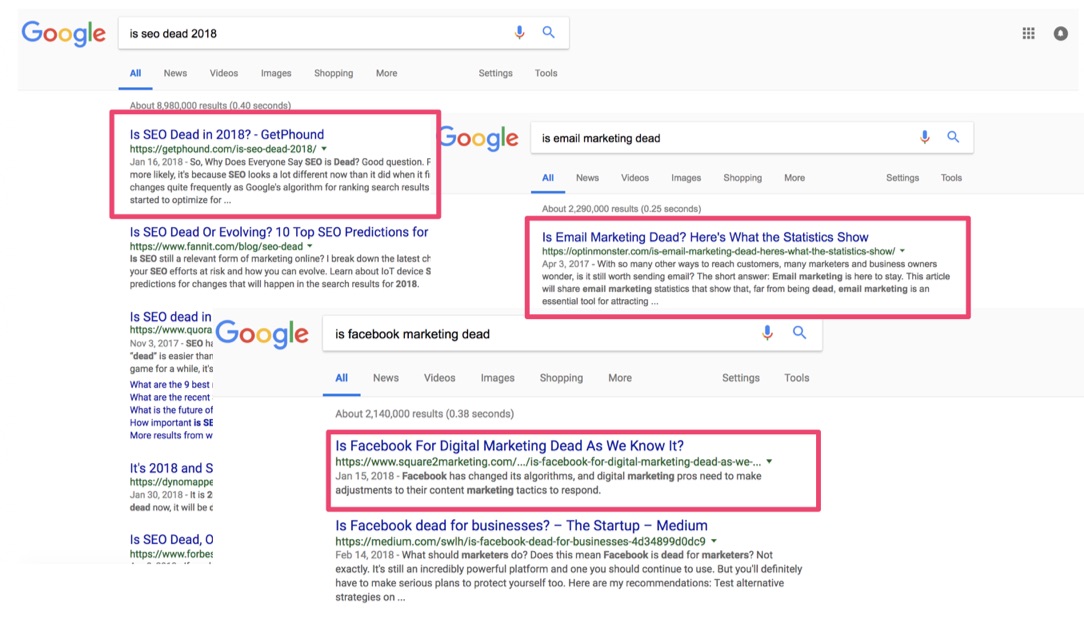
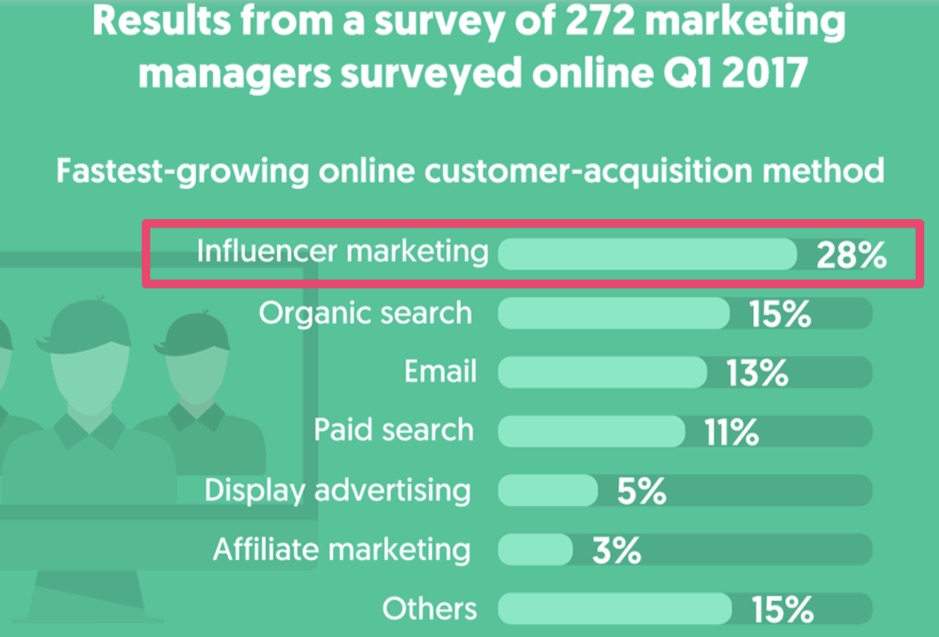
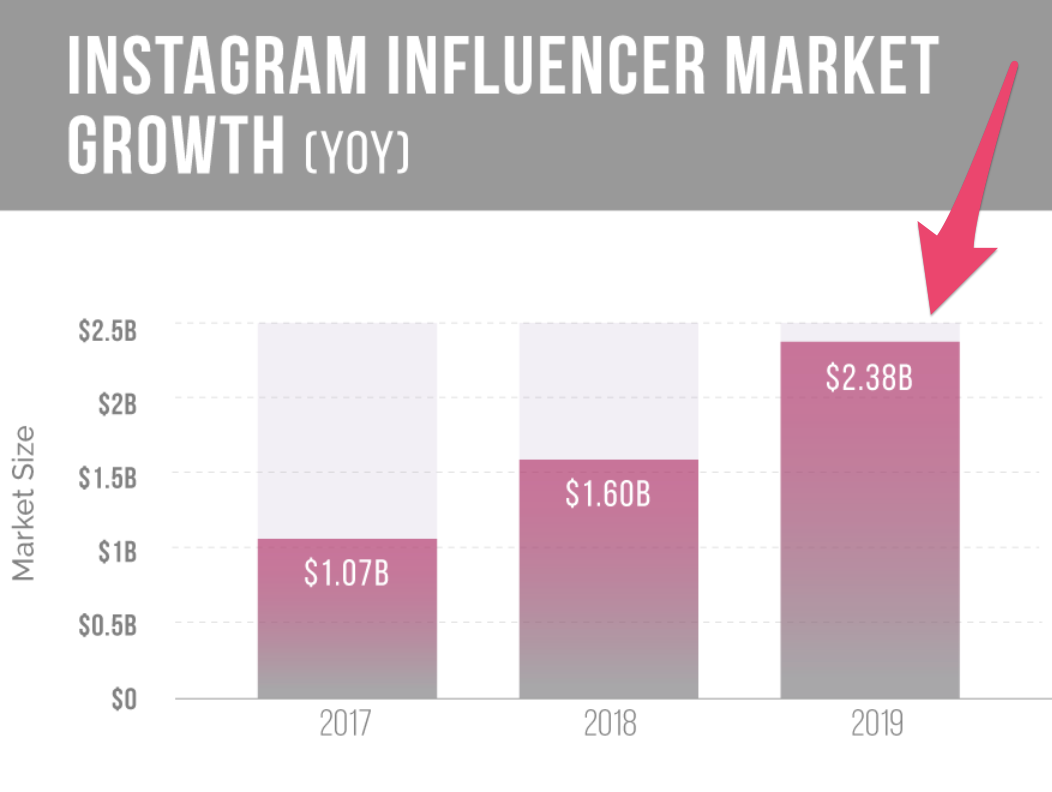
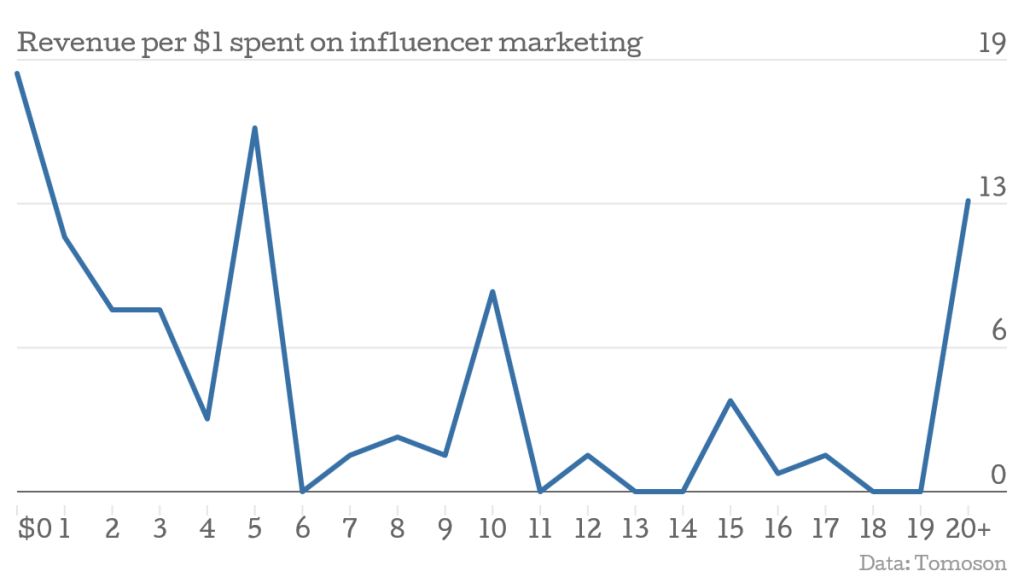
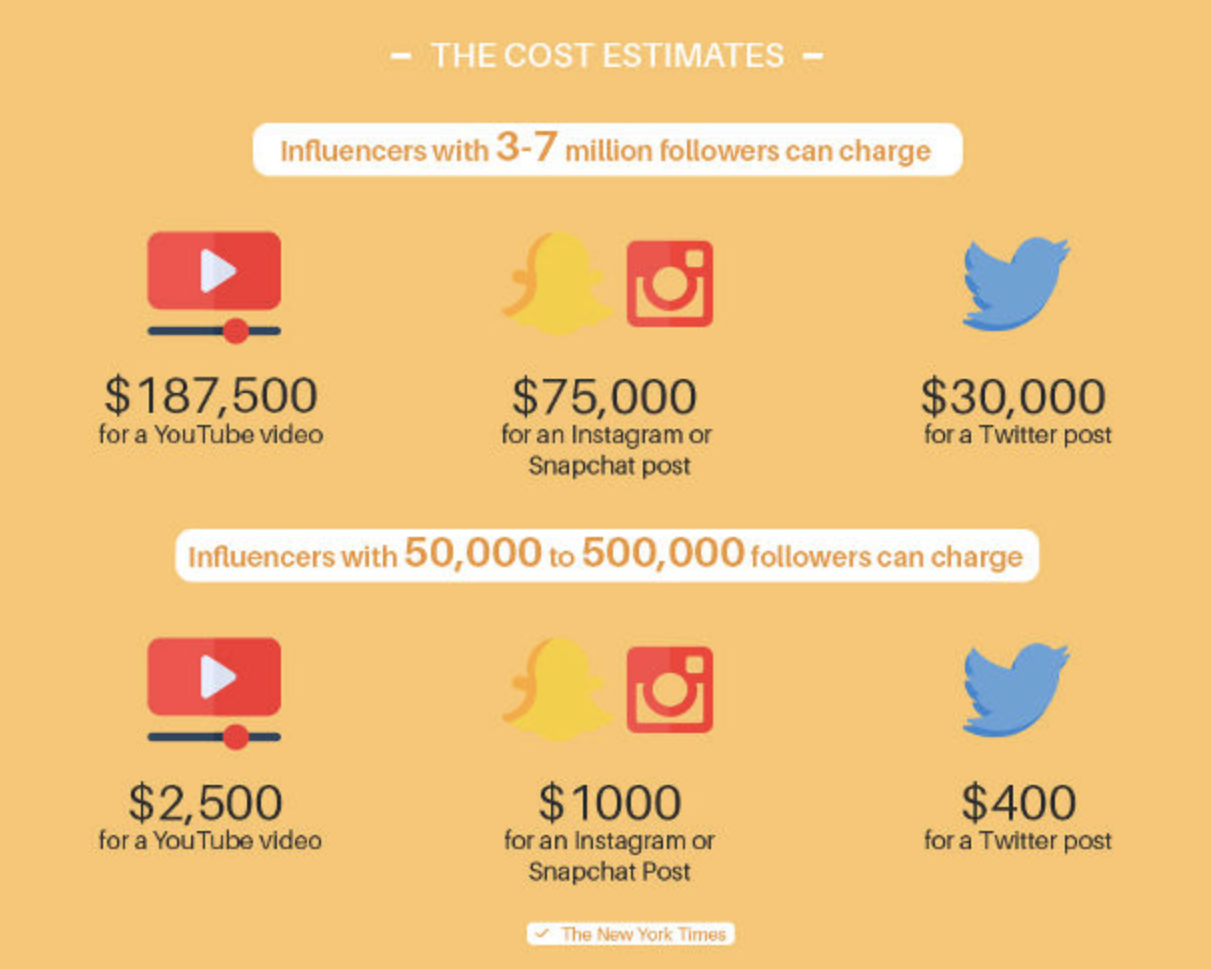
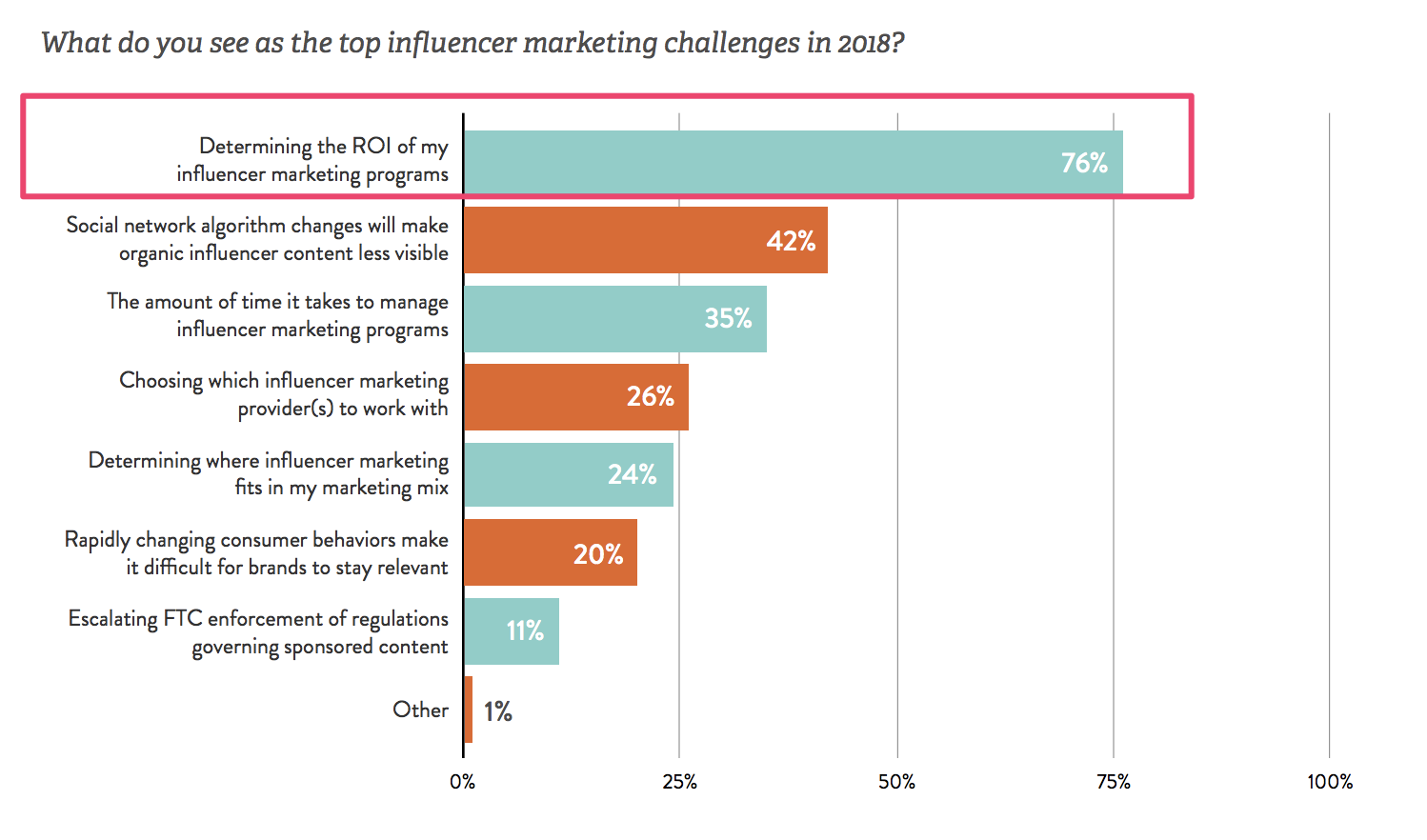

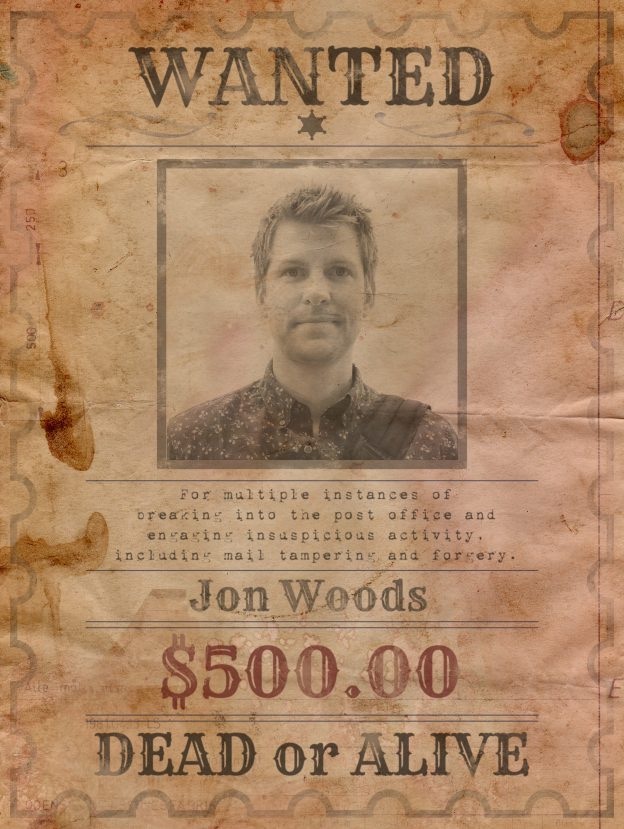
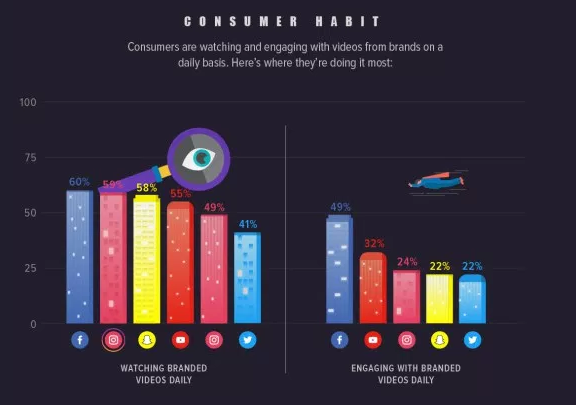
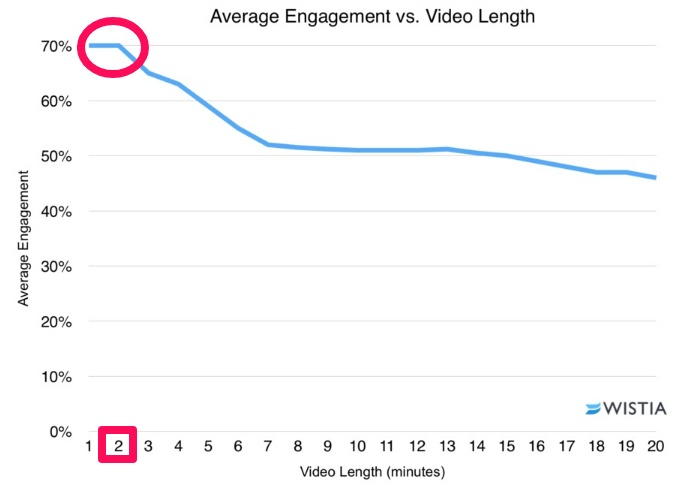


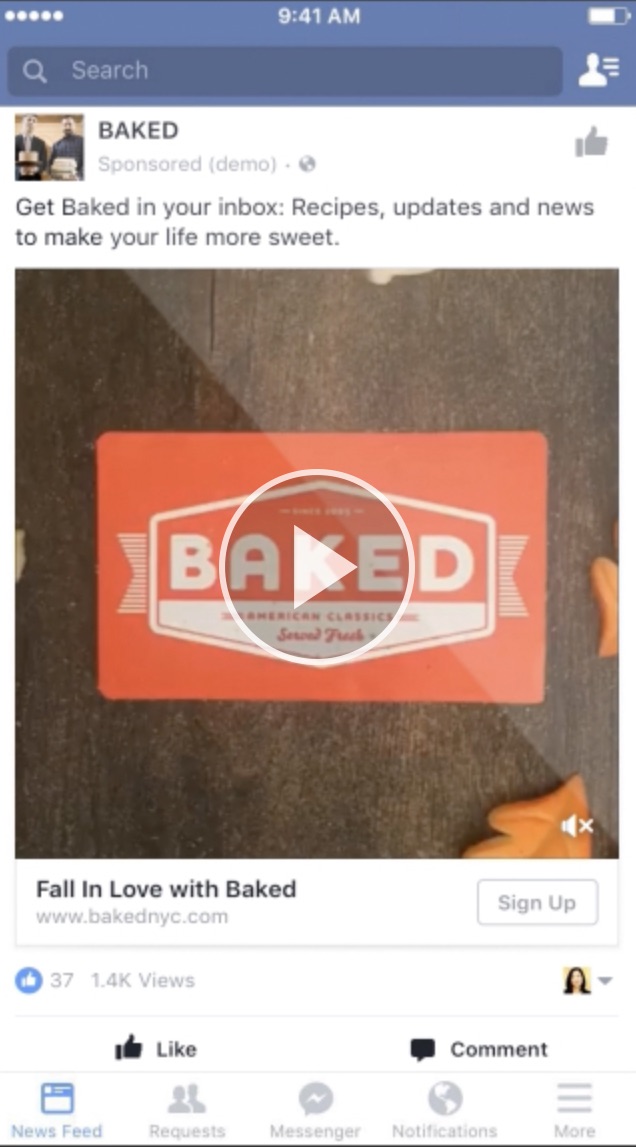
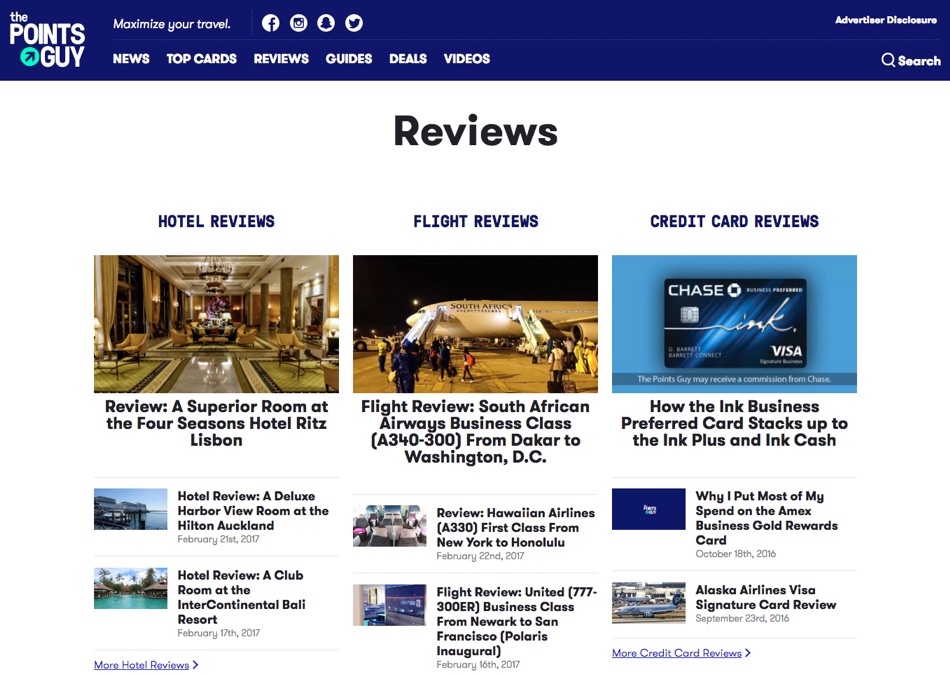
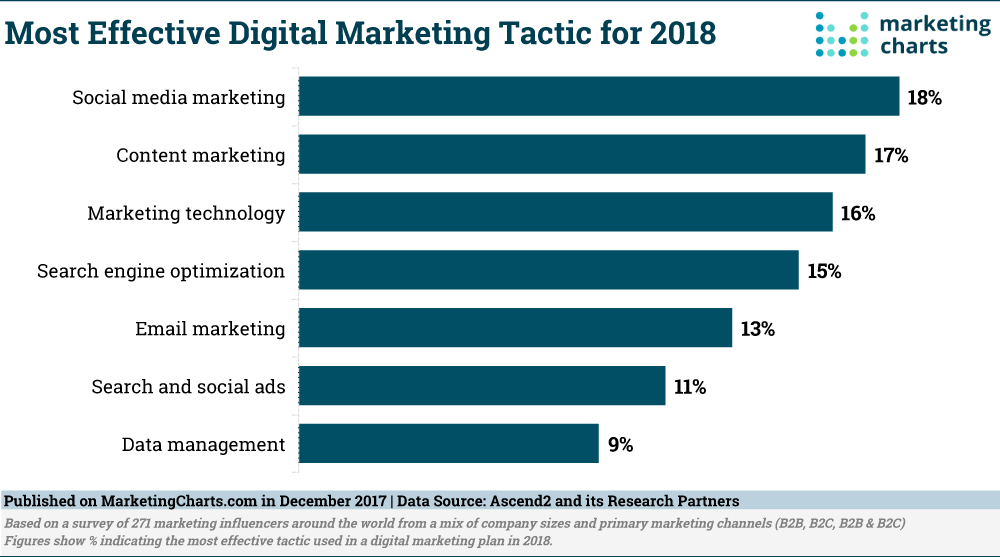
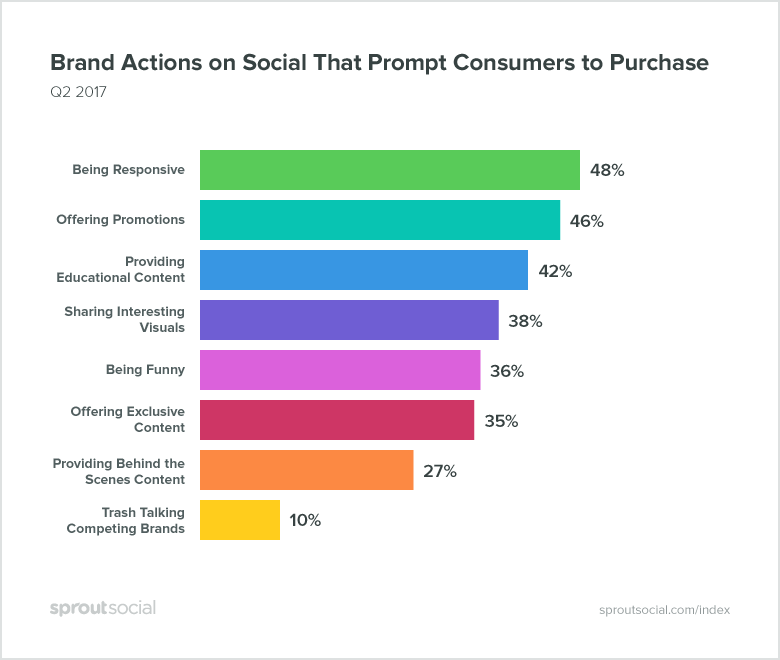
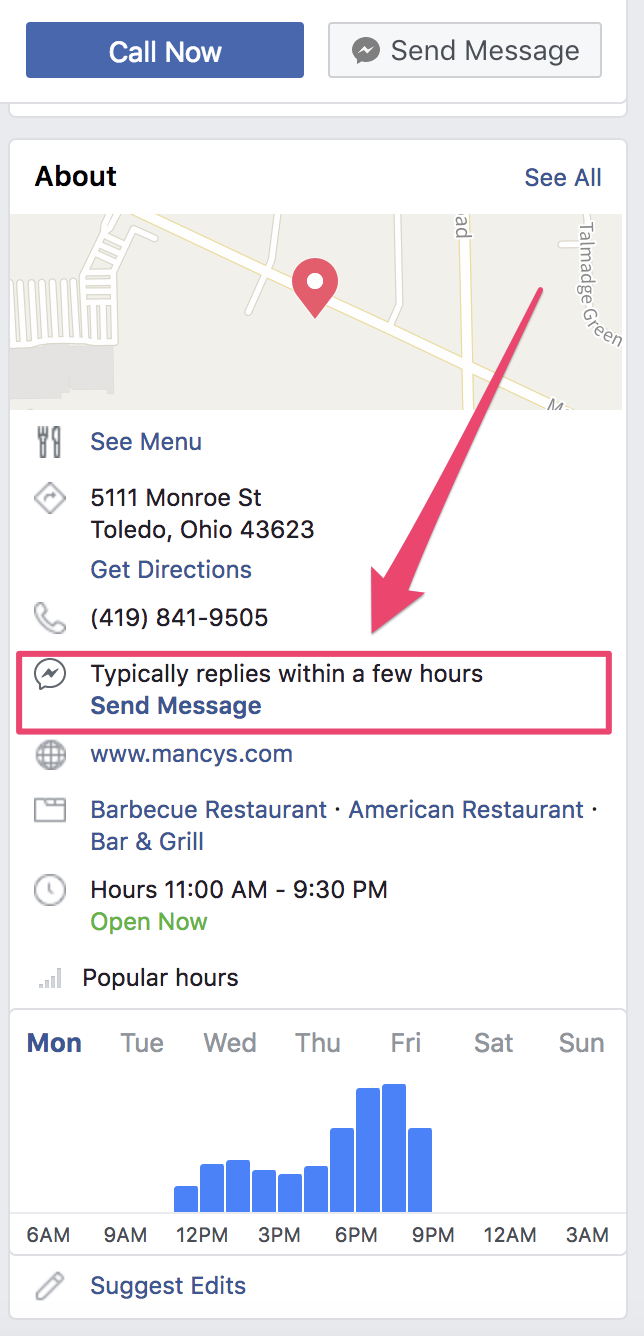
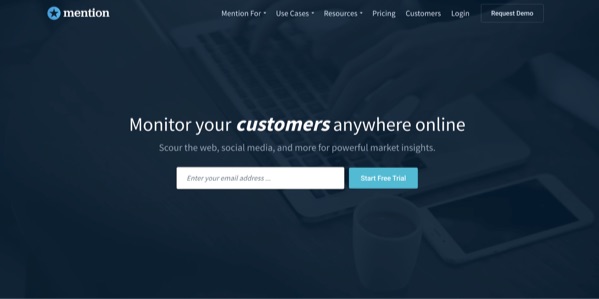
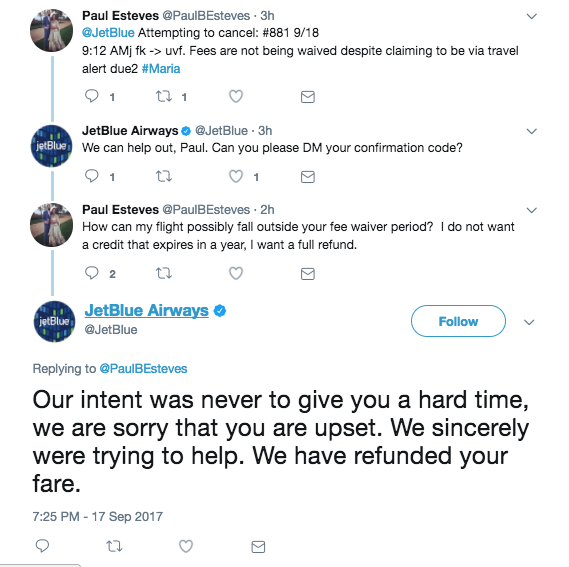
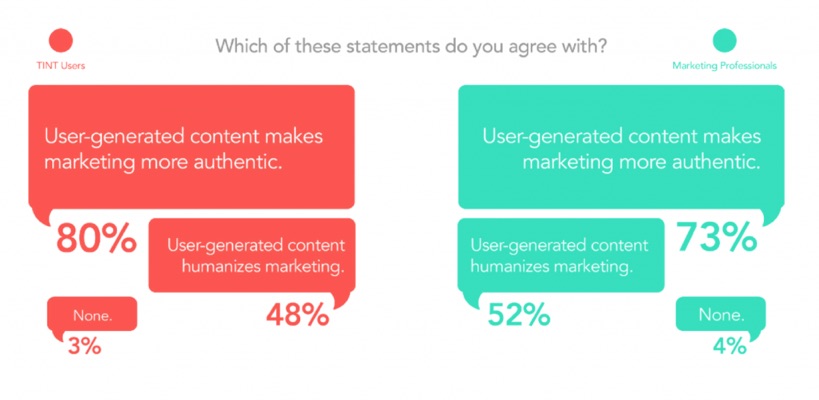
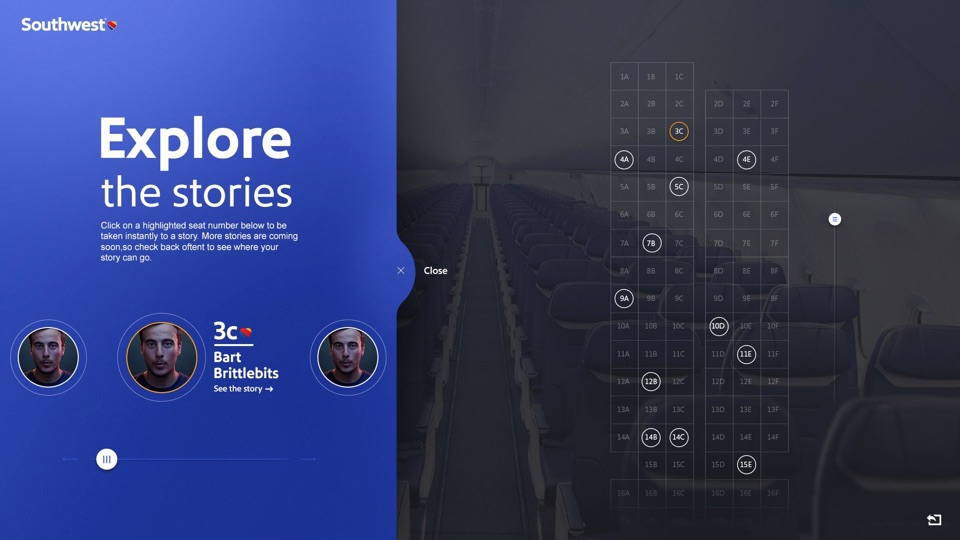
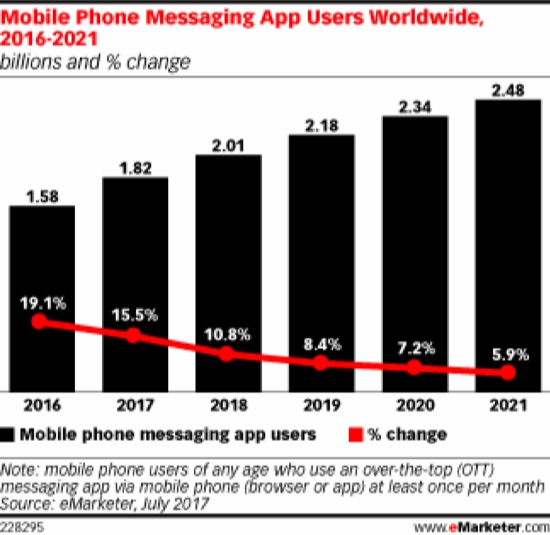
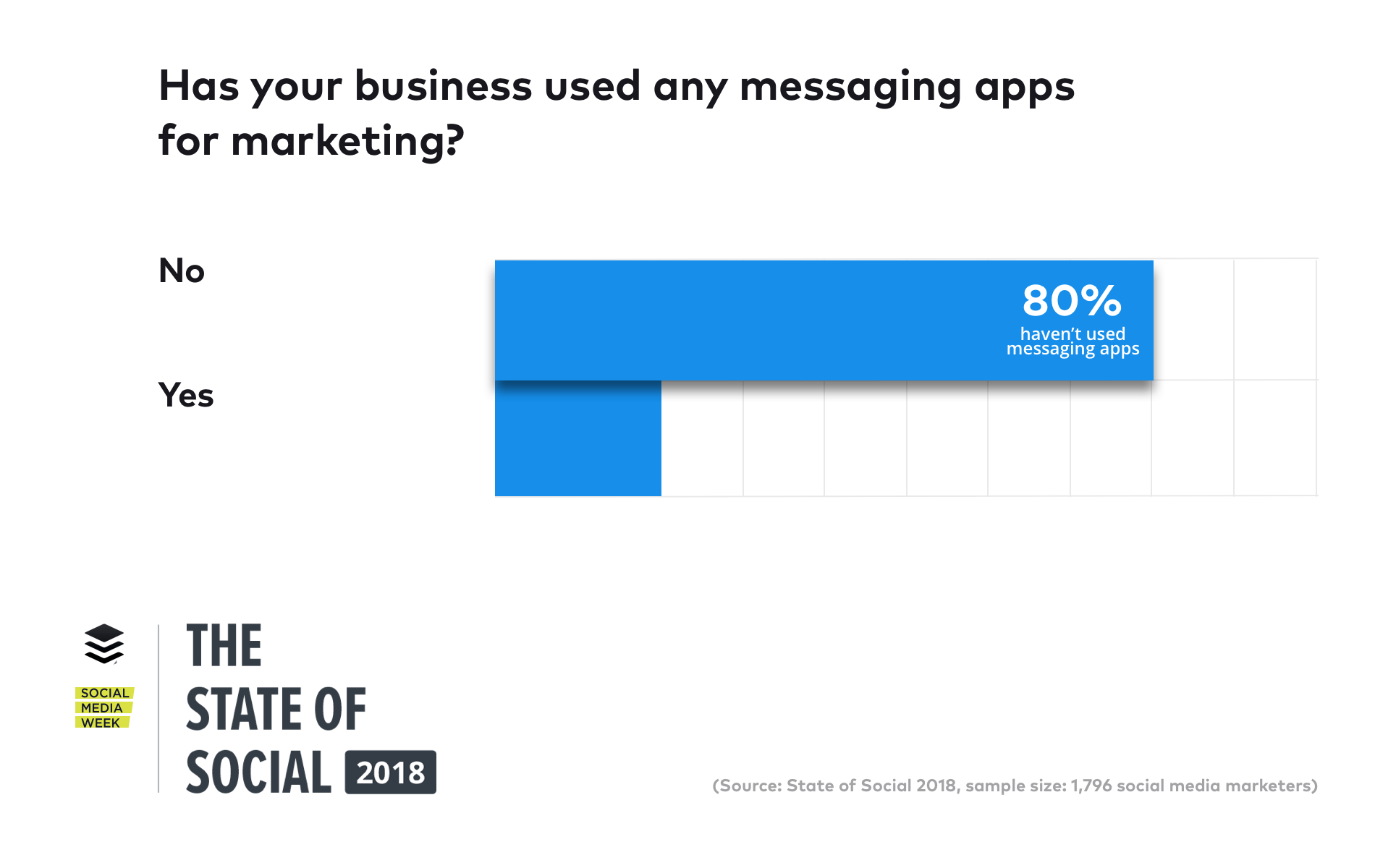
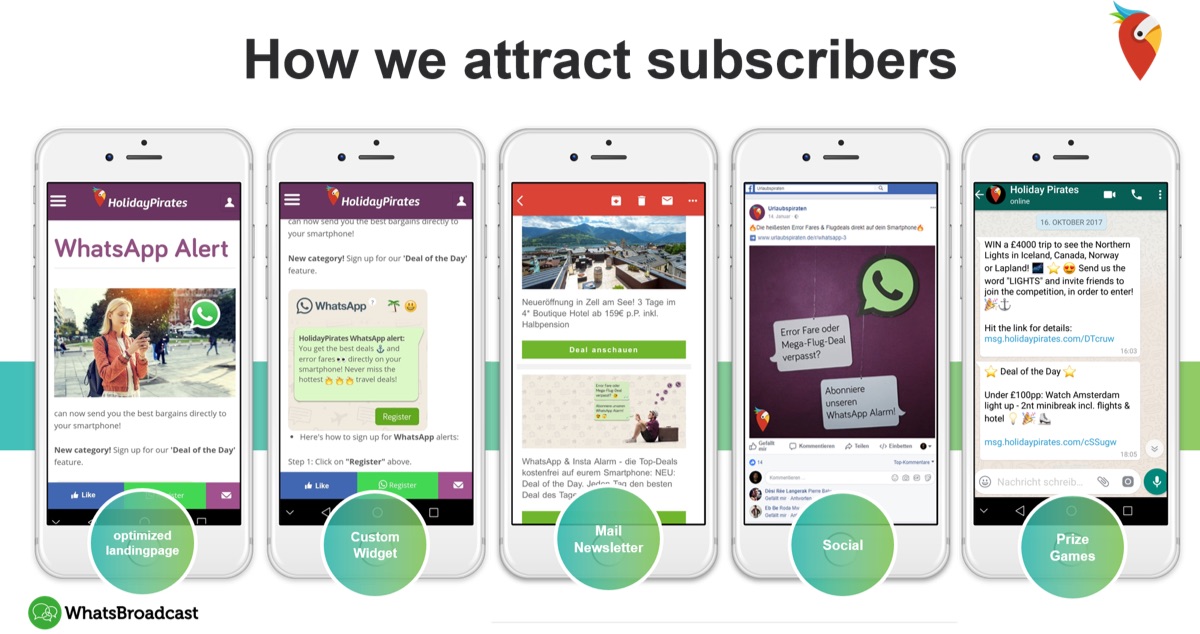
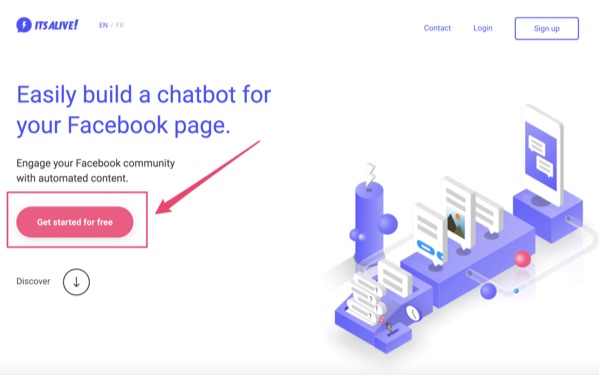
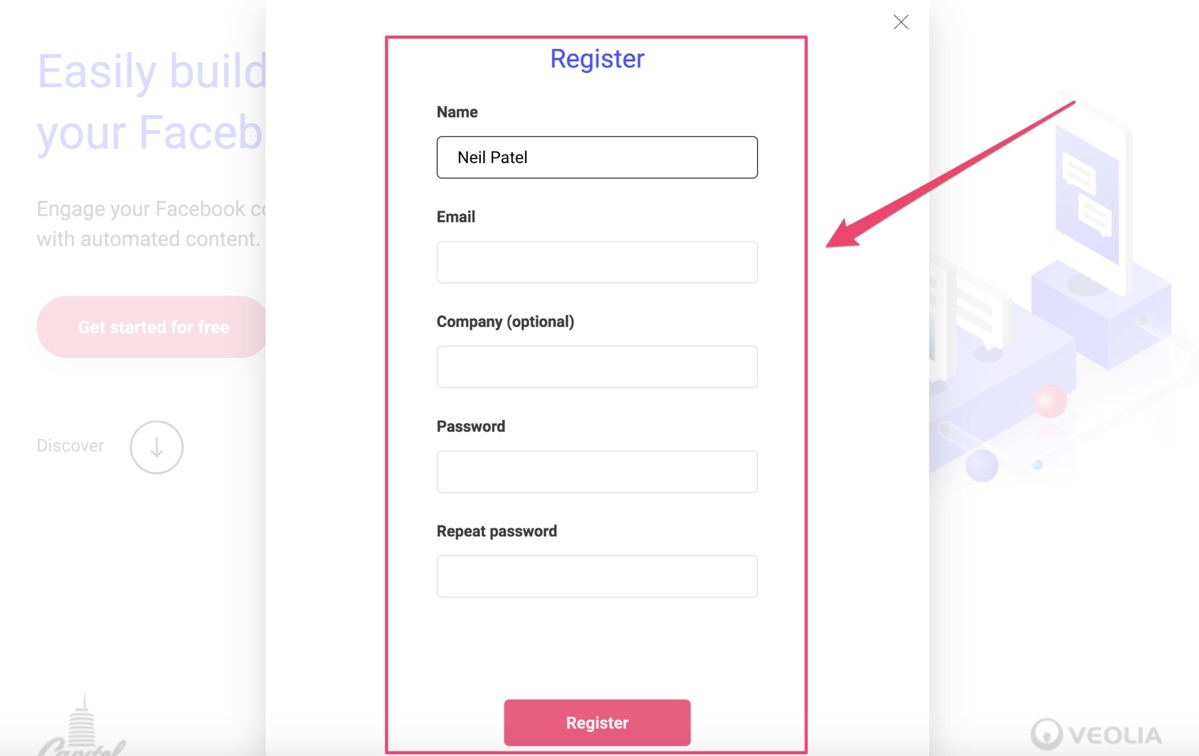
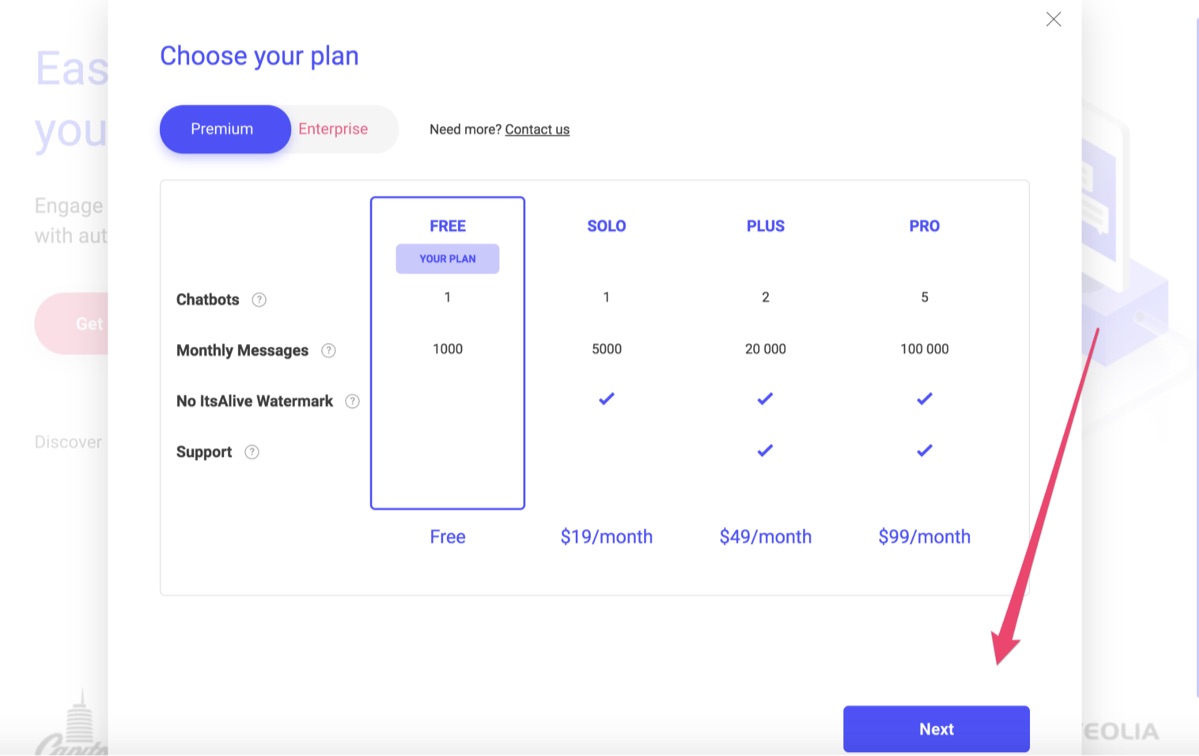
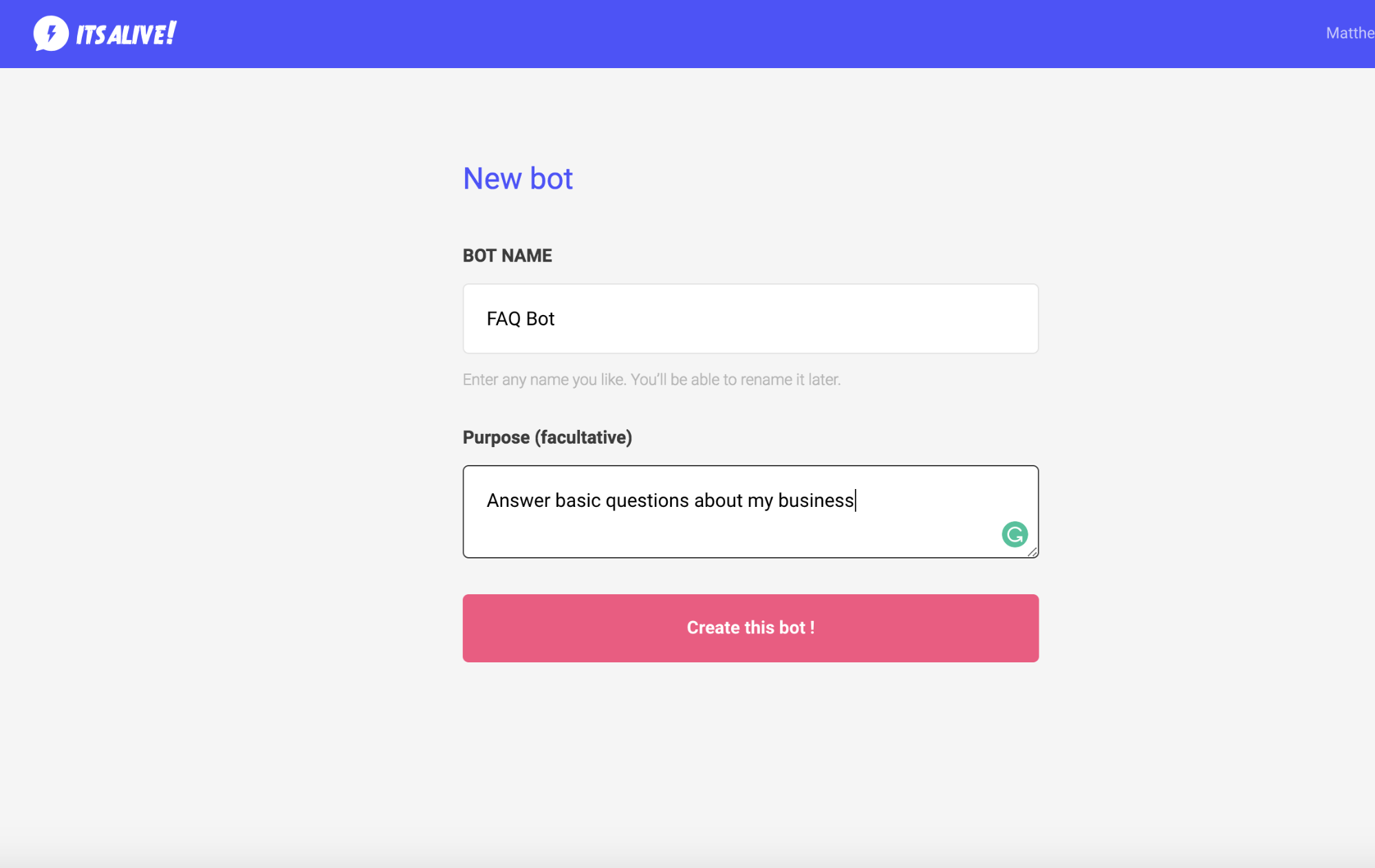
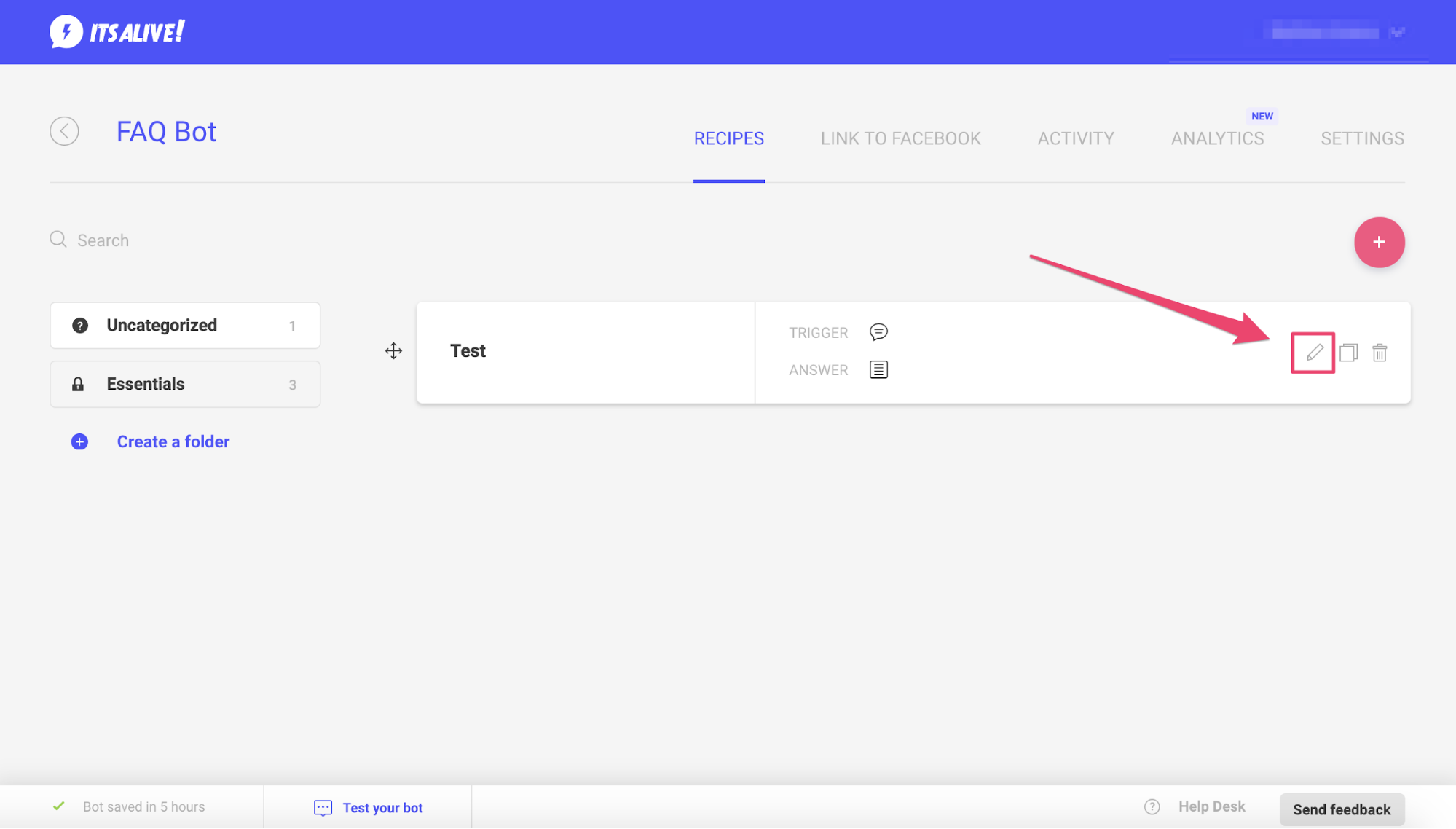
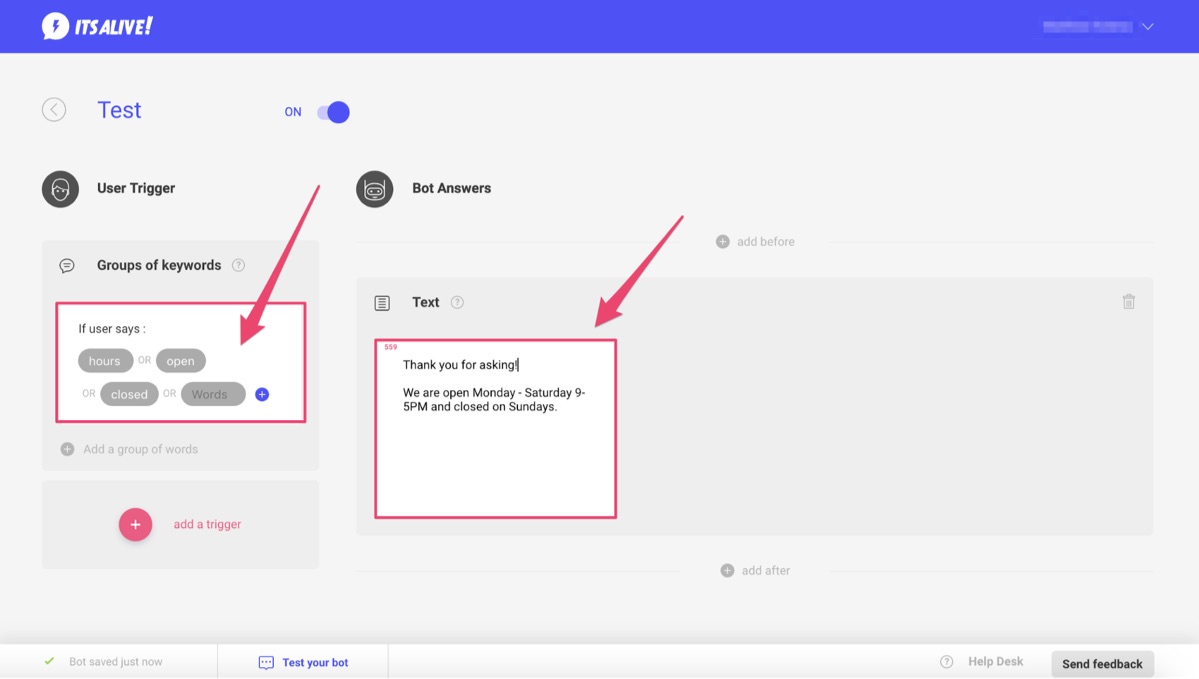
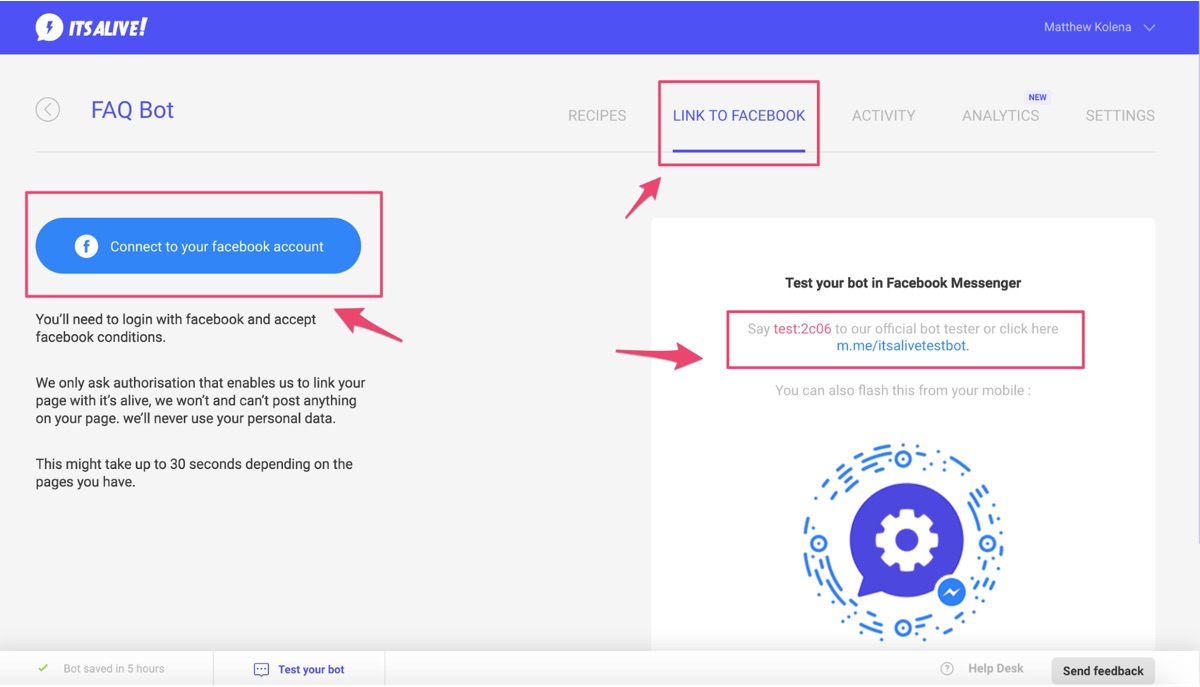

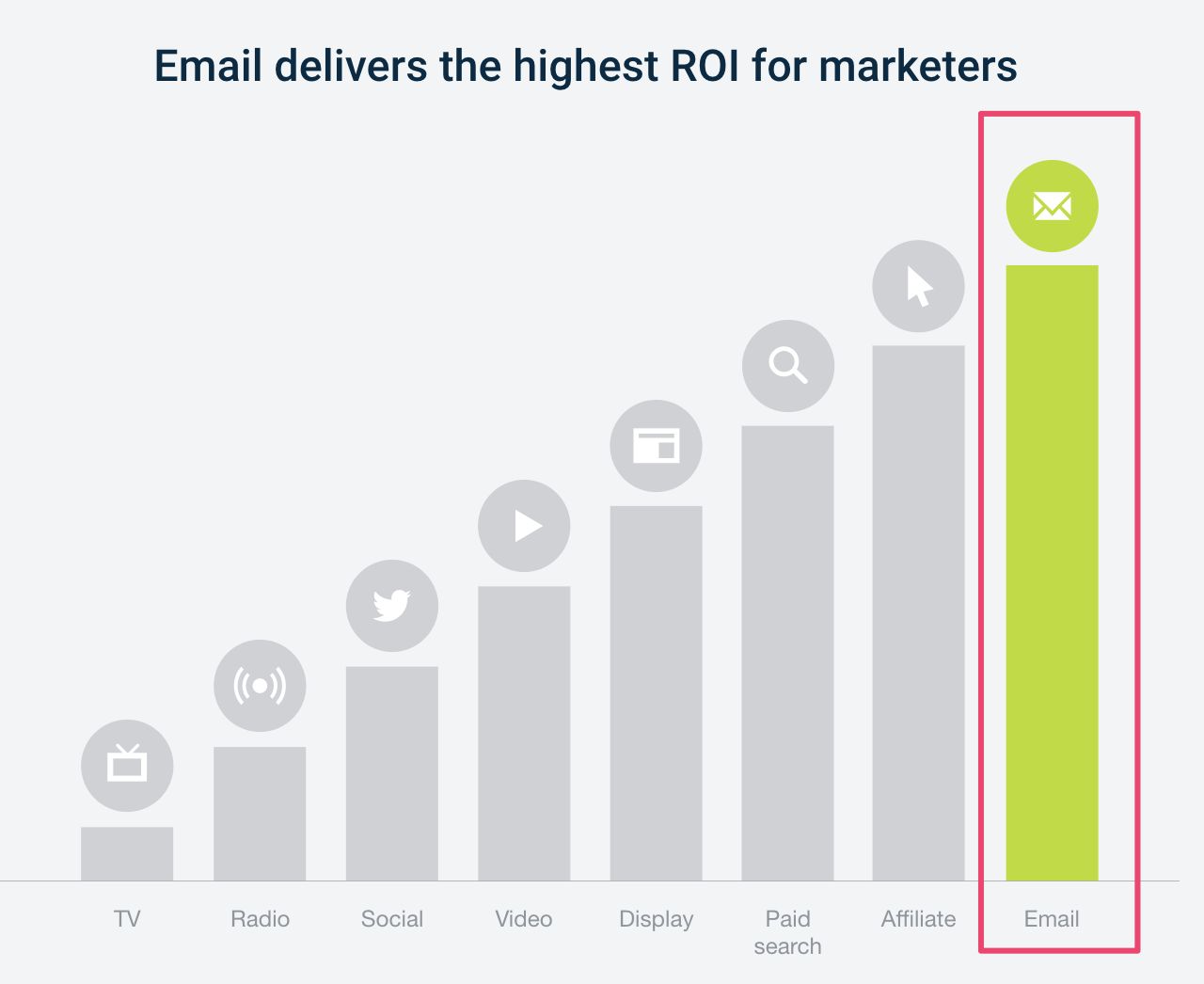
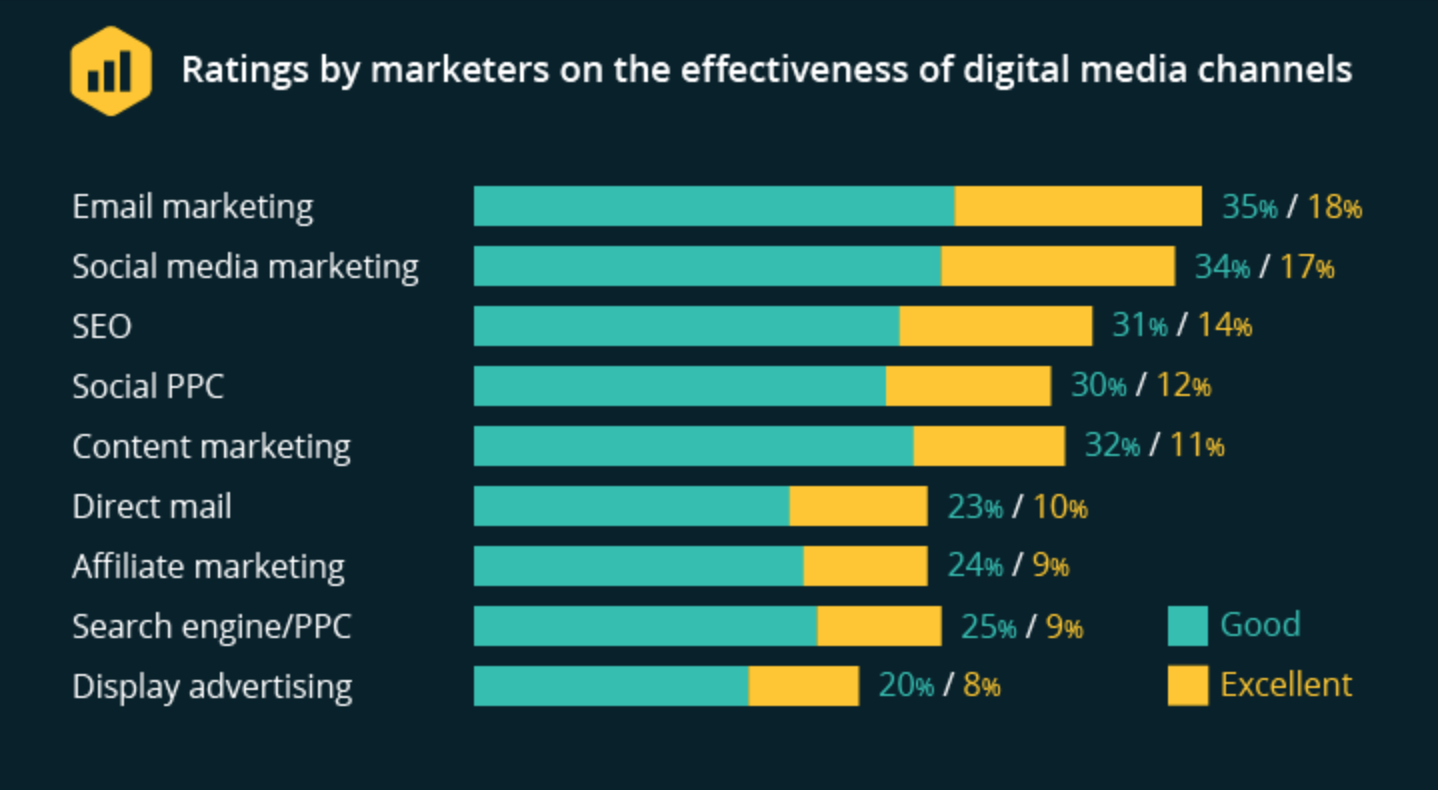
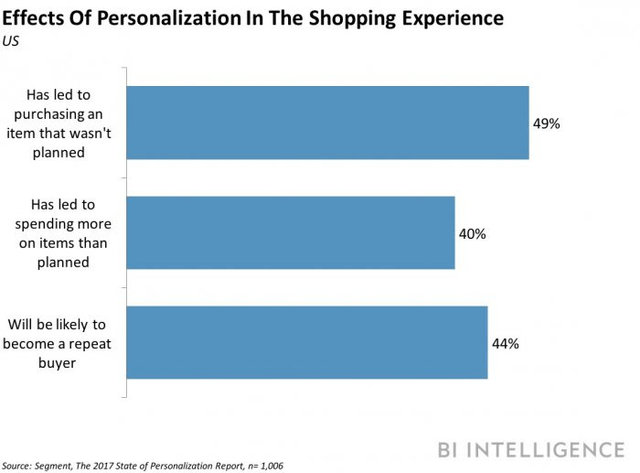

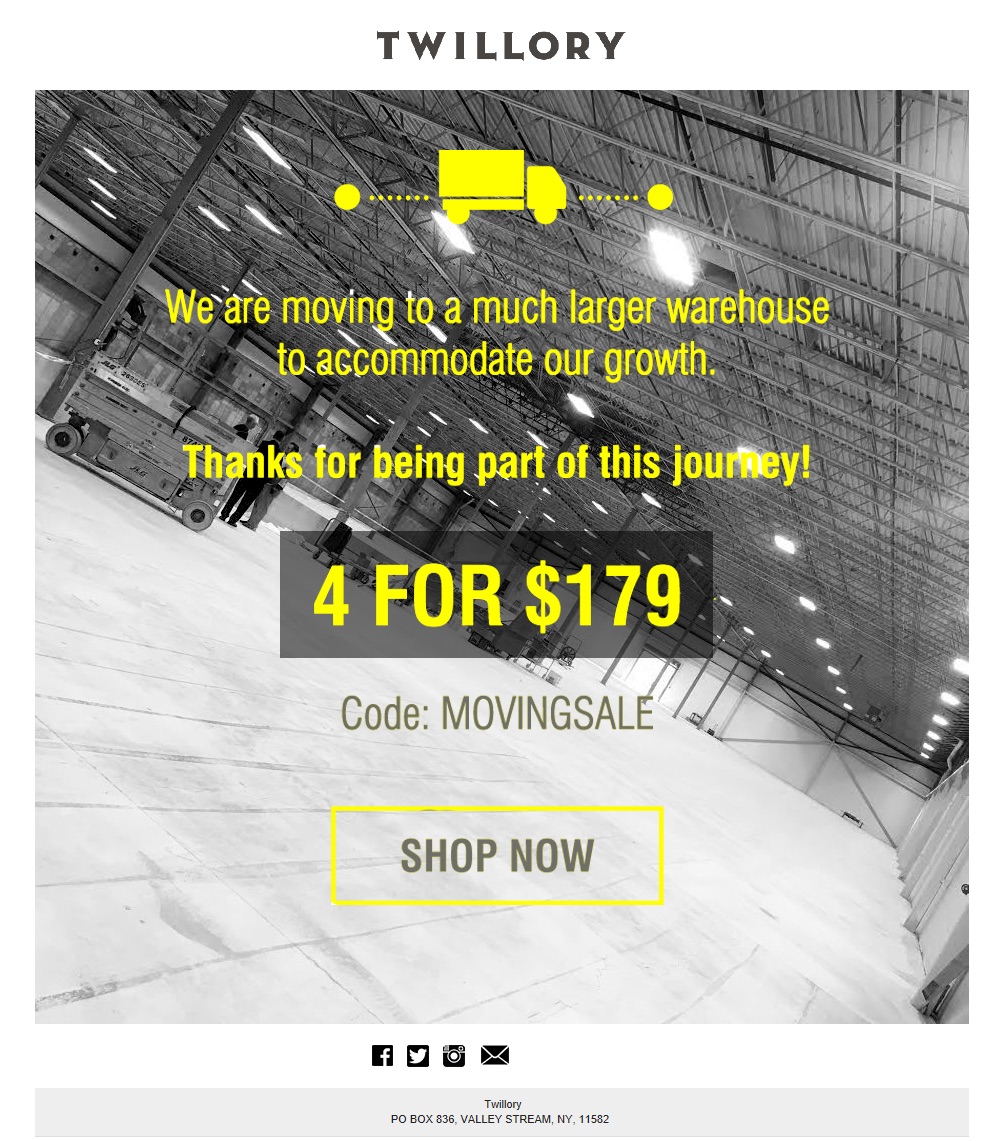

No comments:
Post a Comment